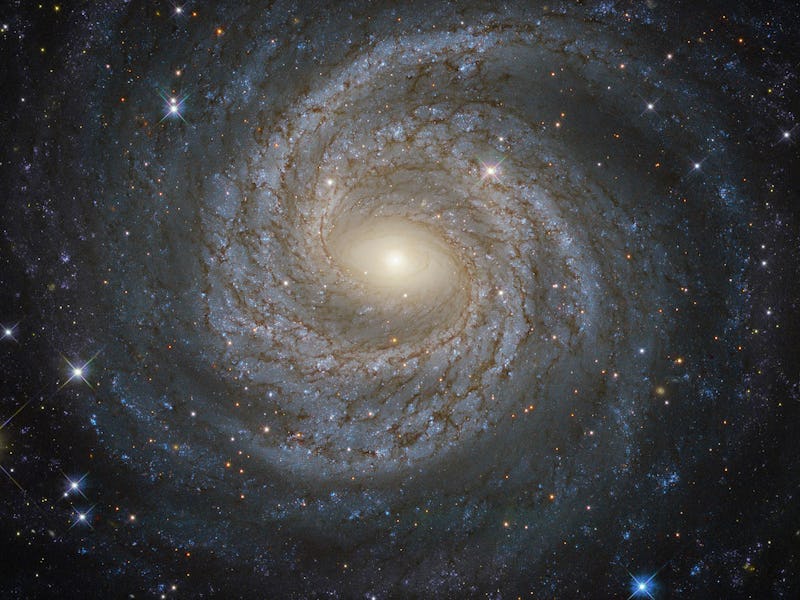Did Scientists Just Discover a Fifth Force of Nature?

A team of theoretical physicists from the University of California, Irvine, published a paper today in Physical Review Letters detailing the discovery of a strange new subatomic particle that suggests the existence of a fifth fundamental force of nature. If the particle lives up to their expectations as the team continues observations, it could fundamentally change our understanding of the universe, particularly as regards the unification of forces and dark matter.
We’ve believed for some time that the universe comprises four forces of nature: gravitation, electromagnetism, strong nuclear forces, and weak nuclear forces. The addition of a fifth would undoubtedly cause an upheaval for much of the cornerstone ideas supporting modern physics.
Based on research released last year by the Hungarian Academy of Sciences explaining the search for “dark photons,” the UC Irvine scientists identified what looked like a new light particle — approximately 30 times heavier than an electron.
“The experimentalists weren’t able to claim that it was a new force,” UC Irvine physicist and study coauthor Jonathan Feng told UCI News. “They simply saw an excess of events that indicated a new particle, but it was not clear to them whether it was a matter particle or a force-carrying particle.”
Feng’s team took up the research and now claims the substance is not a dark photon, but rather a “protophobic X boson” — instead of interacting with electrons and protons, like you’d expect, this particle interacts only with electrons and neutrons. Feng’s hypothesis — one of them, anyway — is that this particle might actually connect to electromagnetic forces as well as strong and weak nuclear ones, meaning it’s really a manifestation of “one grander, more fundamental force.”